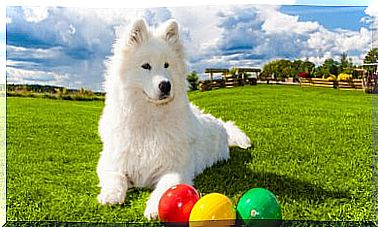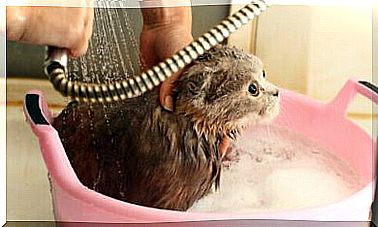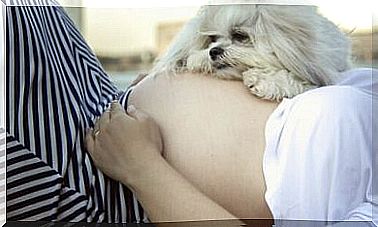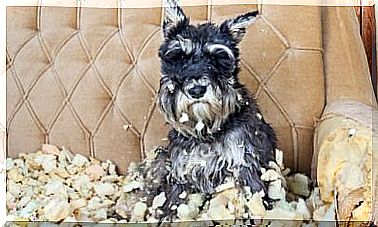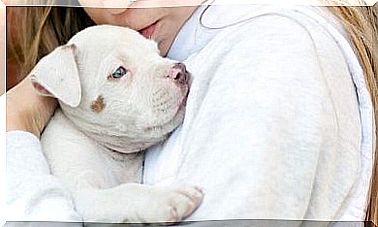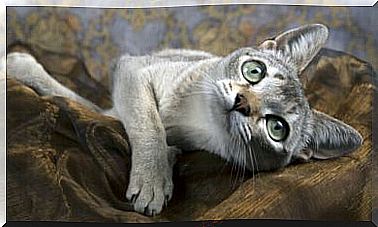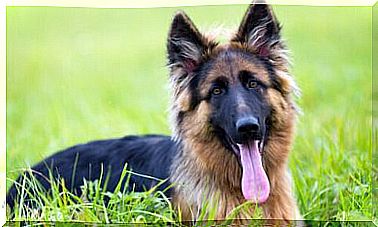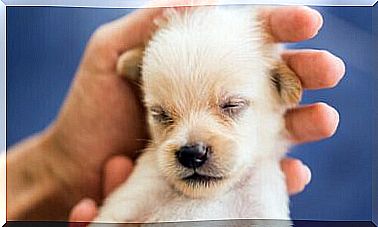Galgo Español: A Resilient Breed
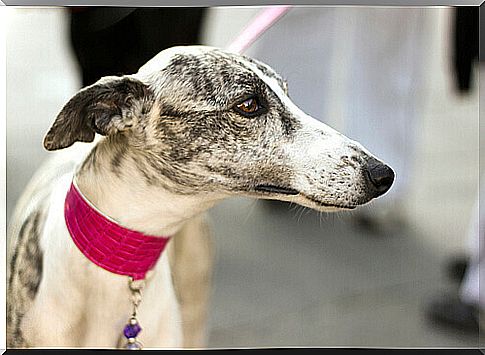
The galgo español is a native Spanish greyhound unknown until recently, although the frequent mistreatment and neglect of this breed make it one of the most adopted in the Iberian Peninsula. If you want to learn more about this species, read on.
History of galgo español
The galgo español is a very old breed and it is believed that, like the podenco ibicenco, it is descended from the dogs of Ancient Egypt. There is evidence of the existence of galgo español as early as in Spain in the second century BC. C .; in fact, there is a Roman treatise on hunting which describes dogs identical to the galgo español in behavior and appearance.
This specimen has always been used for hunting hares and rabbits and during the period of the Reconquista it experienced a period of splendor, as many fields for cultivation became hunting grounds. In this way, the galgo español found its perfect territory in which to hunt: large flat expanses in which rabbits and hares lived and ran.
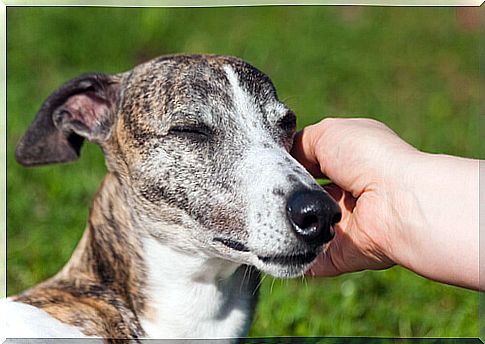
Nowadays, galgo español continues to be chosen for this work. Many specimens, however, are abandoned once the hunting season is over. This situation makes it one of the breeds most present in Spanish kennels and shelters. At the same time, it is also one of the most adopted specimens, in fact it is a hunting dog, but also an excellent companion animal.
Physical characteristics
The whole anatomy of the galgo español is designed to make him a great sprinter; in fact, this dog has a light and powerful body, tall but slender. The galgo español measures at the withers between 50 and 70 cm, but weighs around 15 or 18 kilos; any other breed of the same height would weigh at least three times as much.
This is due to the fact that the galgo español has long and stylized legs. It has a very deep chest, while the belly and waist are particularly narrow and thin. The lumbar area is slightly arched and the tail is long and thin, wider at the base than at the tip.
The head is also thin and elongated, the ears small and triangular, dangling and backwards. If we dwell on the gaze of this breed, we notice that it has small, vivid, attentive eyes placed on the sides of the head.
As for the coat, the galgo español has a short, hard and thick coat that can be of various colors, even if it is usually brindle or dark brown ; it can also be cinnamon, beige, brown, black or white. There is also a kind of galgo español with long hair, beard, mustache and eyebrows, but it is much less common.
Behavior of the galgo español
The galgo español is a quiet and affectionate animal, unlike what we might think as it is a hunting dog. Three walks a day are enough to satisfy his need for physical activity, indeed many owners are surprised by this by defining them as lazy animals that spend most of the day sleeping.
Games in which the galgo español has to chase moving objects can awaken the hunter’s instinct in him, so throwing him the ball or a stick can be counterproductive. He is a sensitive dog who may get too stressed out with these games.
As for the character of the galgo español, it is a shy dog, but which develops a strong attachment towards the people closest to him. With strangers, however, he is not very affectionate and not very sociable. The specimens saved from the stray life often have suffered a trauma, a factor which, combined with their shyness, makes them rather fearful.
Their human families can speed up the adaptation and recovery process of these dogs a little by turning to a positive reinforcement dog trainer. The galgo español, a very resilient dog with great fortitude, can overcome the trauma caused by abandonment or abuse thanks to individual therapy.
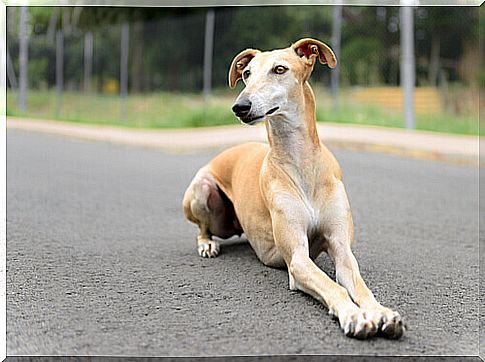
Veterinary care
The galgo español is a healthy breed that does not suffer from hereditary diseases. However, you should not neglect the health checks recommended by your vet or forget to follow the vaccination schedule.
This breed does not usually suffer from hip or knee dysplasia which is a frequent health problem in other dogs of the same size. This is due to its thinness. Despite this, it is still necessary to prevent the onset of the most common diseases among large dogs.
In the case of hunting dogs, like this specimen, or those who walk a lot in the countryside, it is important to respect the veterinarian’s instructions as to internal and external deparasitation; fleas or ticks can infect serious diseases. It is also a good idea to frequently check the pet’s pads and ears for splinters, stones or other objects that can get stuck.
